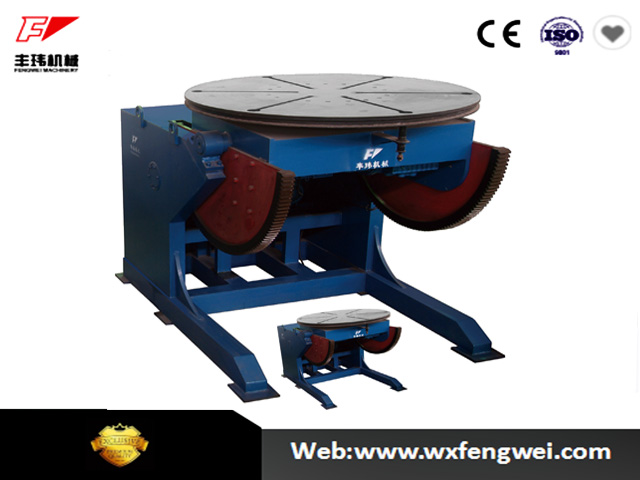For industrial welders looking to increase its productivity, rotary welding positioner can be a must-have device. With a 360 degree rotating range, most rotary welding positioners hold a weldment in a chuck and rotate per the welders’ request. Now there are even automated welders taking over the whole course of rotation and positioning. But in many developing countries where human operators are common place, a welding positioner is very helpful in the sense that welders would avoid risk positioning themselves around the weld part.
According to the application it is to be used in, a multitude of weld positioners are available. The most basic type of a rotary welding positioner is a rotary indexer.
Rotary Indexer
Often widely regarded as the standard type of rotary positioner, rotary indexers have the fewest moving parts and features. Most rotary indexers are capable of switching between flat or horizontal positions. They are often used for round objects.
Supporting Parts
When it comes to supporting larger and longer work-pieces, there are selections of tools that can work in cooperation with rotary indexers. Rollers, either in powered or idled type, serve as a common tool in welding. Powered rollers can roll a part to be welded on their own. However its poor positioning accuracy make welders favour idler rolls, which is best suited to cylindrical weldments such as pipes.
For biggest weldment that won’t roll easily, tailstocks are often used. A chuck similar to the rotary indexer assists the welding by gripping onto the opposite end of the weldments. This practice even allows weldments in any shape.

Multi-axis Rotary Indexer
Operators are granted most degree of freedom as they can access to every area of the weldment. That works particularly well with non-symmetrically shaped work-piece. The type with a double trunnion set-up is most frequently used. A parallel arranged pair of headstocks and tailstocks assists a 180-degree rotation of work-piece, thus greatly increasing the productivity of welders.